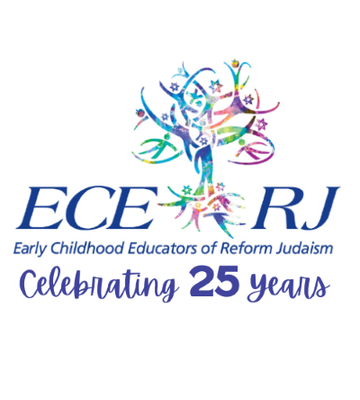
We are writing this article in a world that is different than the one in which we were raised. Because of this, we may be approaching Purim with a different perspective. We are thinking about the clowns—clowns are meant to distract the crowd, to provide humor in a place that may not always be funny.
Purim is, as we know, a frightening story. In it, the Jews face a serious threat from a man who has great hatred towards them. Megilat Esther, the Book of Esther, tells in great detail about this hate and Haman’s plans to kill the entire Jewish community of Persia. They are saved through the action of a hero, Queen Esther, who risks her own life to save them.
But wait: Purim is not serious. Of all the Jewish holidays, Purim is the holiday that is the most fun for everyone, especially children. It is dressing in costumes and having carnivals. Its celebrations are loud and fun, and its foods are sweet and delicious. It is one of the two times where being noisy in synagogue is encouraged. All this comes from a story straight from the Arabian Nights.
Purim is perfect for children. There is a king and a queen, a villain with a funny hat, a brave uncle, and a castle. What more could a child want? Its story and costumes are not meant to frighten but to entertain. Purim is Aladdin with a Jewish twist. Dressing up in costumes is a way for the child to be a part of the story, where they innately understand that they can change their reality by being princesses, kings and heroes.
However, as we think of Purim, we are reminded that like other stories of our holidays, it is a story of hatred and violence. As educators we walk a tight rope, continually exploring a way to tell our stories, but in a way that still protects and shelters children. How do we tell the story? Can it be Purim without the story?
As adults, we are aware of Jewish history and how difficult it has often been for Jews to live in harmony with their non-Jewish neighbors. Today’s world is very different, and we do not want young children to feel that it is not safe to be Jewish.
Some time ago, Dale was approached by a congregant after a Family Shabbat celebration called “Stuffed Animal Shabbat.” For parshah Noah, the Rabbi told a unique and lighthearted version of the story of Noah’s Ark, one that engaged the children, their stuffed animals, and most of the congregation. A congregant was concerned that the children weren’t being told the “real” story. Dale felt that the Rabbi’s story contained the essence of the “real” story but was crafted in a way that was developmentally appropriate for his targeted audience.
As early childhood educators, we know that there will be a time in the future when children are developmentally ready to hear and understand a more detailed telling of these stories.
We feel that without the essence of the story, Purim loses an opportunity to connect children to our community. A gentle telling, tailored to children’s ages is appropriate and can be told in a way that focuses on the characters and what could be learned from them.
So, what DO we want them to know in this story? We want children to know that:
- Esther was a hero. Yes, girls can be heroes – even girls in frilly dresses. The whole book is named after Esther, our hero. She is a model of courage, intelligence, and resourcefulness. Esther teaches that even in the most difficult of times, we need to do the right thing.
- Holidays can be joyous and that together – as a community – we are stronger.
- Good triumphs over bad. In this story, Haman is the vehicle that helps us. He tried to hurt with cruel words and lies but did not win. This is a comforting lesson today and one that can give children some security.
A thoughtful approach to Purim allows us to protect our children and ourselves. Purim tells us it is okay to be happy. Fun, laughter, and imagination are important and to be celebrated. The winter is ending, and spring will come. Purim celebrates life, and in a world of good, of sorrow and of joy… as a community, we share it all.
So, send in the clowns!
Written by Idie Benjamin and Dale Side Cooperman for TABPP, a Torahaura Production, Edited by Dale Sides Cooperman for ECE-RJ UNITE
Director of Early Childhood Education
Congregation Albert Early Childhood Center
Albuquerque, MN

